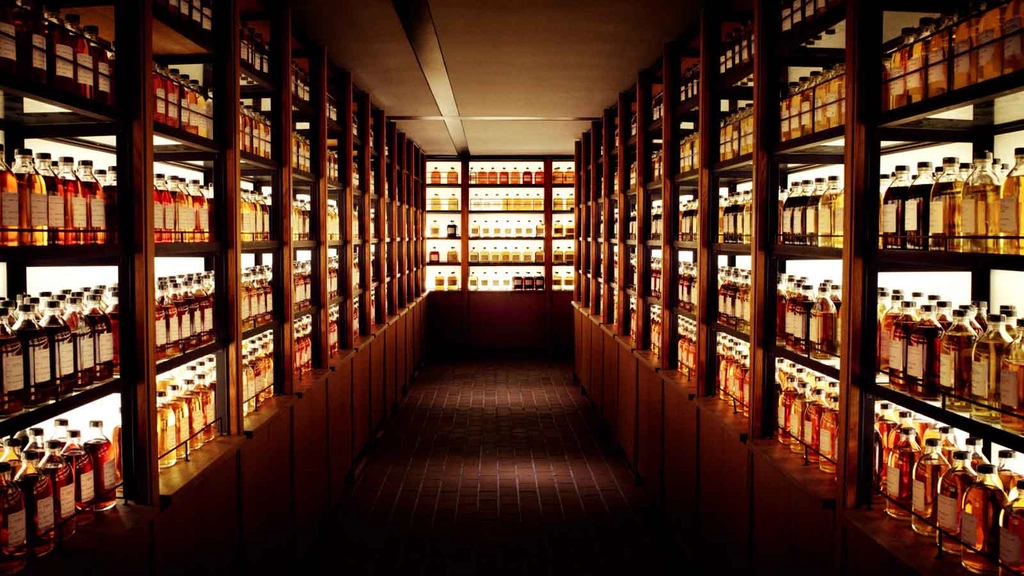Japanese Whisky Production
Generally speaking, Japanese whisky adheres to the same regulations as their Scottish brethren.

The Rules
Japanese whisky production regulations are largely a loose affair. With no set rules in place, Japanese whisky generally mimics Scotch production, using (mostly) malted barley, (often peated and even imported from Scotland), that is then mashed and distilled twice in pot stills, yielding more residual congeners (which is then up to the distiller to incorporate, or cut, skillfully), then distilling twice and aging for a minimum of three years in second-hand wood (largely sherry and ex-bourbon).
Local wood is also used in superior whisky brands in the form of Japanese Mizunara wood. Depending on which wood is used, spice, vanillins or fruit characteristics evolve.
Blended whiskies are a little more liberal with their production, with not only unaged barley grain spirit being able to be added, but also whisky from other countries being used to blend into the mix and still be sold at ‘Japanese’ whisky.
Traditionally, in the more premium expressions of Japanese Whisky, a distillery will, unlike their Scottish counterparts, produce all the grain whisky as well as all malt whisky to blend for their brand. In some cases, a distillery will produce up to 20 styles of spirits for use in their own blends and single malt of whisky, without selling any to their competitors. This is contrary to the model in Scotland and Ireland.
Japanese Whisky Types
Japanese whisky is sold under various types. They are most likened to the same regulations that govern Scotch whisky.

